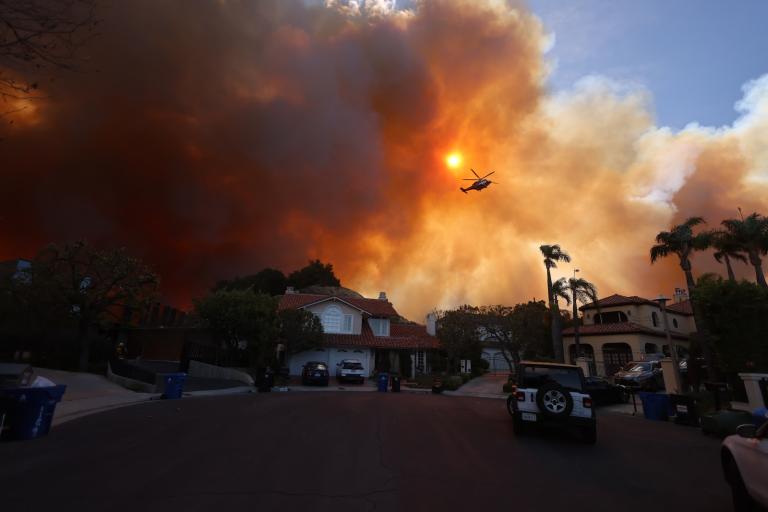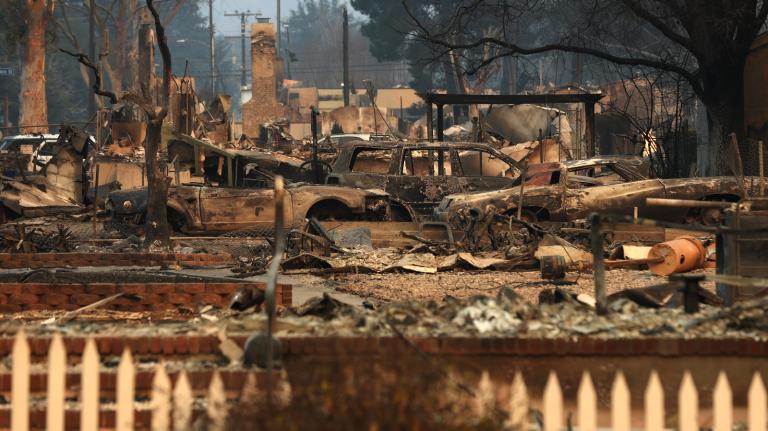The impact of climate change on national security has finally moved above the fold. And as the December Copenhagen climate change negotiations approach, politicians and experts alike are being forced to examine the complex effects of natural and social change on security. They must also walk a linguistic tightrope between hyperbole and uncertainty, working to present the facts without exaggerating their meaning. So how do they maintain balance while climate security arguments are touted as a way to compel a tough climate agreement in Copenhagen? The short answer: It won’t be easy.
The long answer is more complex. It’s been 15 years since Washington witnessed its last frenzy over the links between environmental change and conflict. But during environmental security’s mid-1990s heyday, climate change often was dismissed as a long-term–and therefore low-priority–security issue. It took a back seat to more pressing concerns such as population growth, environmental degradation, and violent conflict, evident in the headline-dominating crises in Haiti, Liberia, Rwanda, Sierra Leone, and Somalia. Similar to today’s challenge, the debates surrounding these conflicts ultimately fell short of their potential because the rhetoric got ahead of the research and oversimplified the threat posed by environmental stresses.
Today, there is a new opportunity to use increased public attention to highlight the relationship between natural resources, climate, and security, as well as to build momentum for mitigation and adaptation without fueling false fears. But redressing the climate-security link requires avoiding some of the pitfalls that impeded progress the last time climate and security shared the spotlight. Four specific lessons are worth special attention:
Read about those lessons at the Bulletin of Atomic Scientists, where this oped originally appeared.


